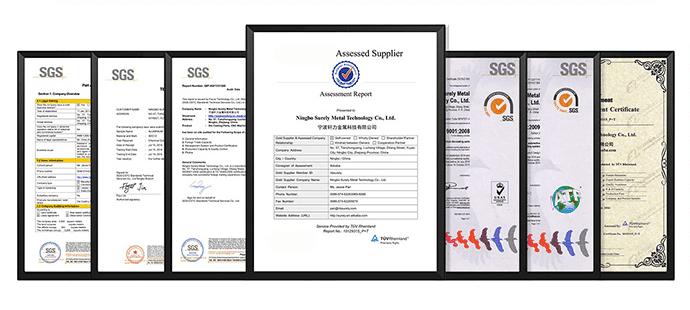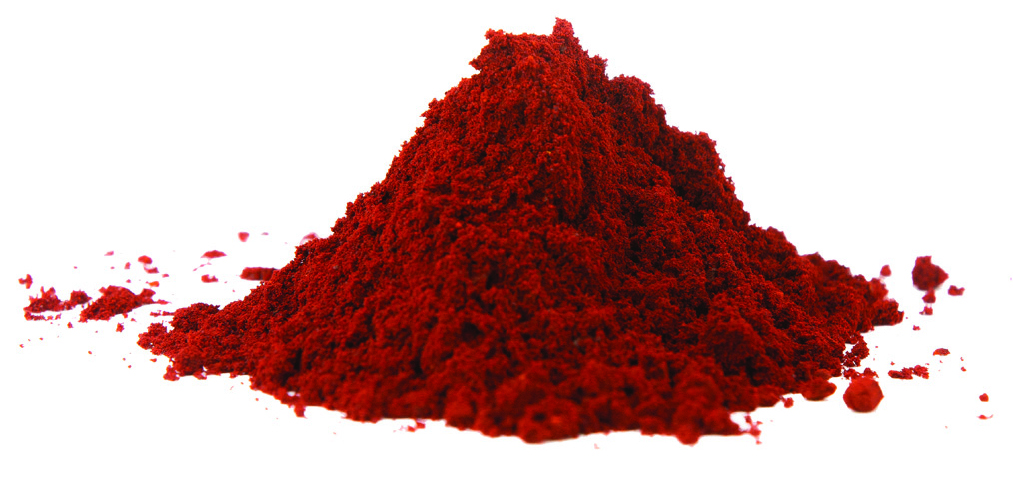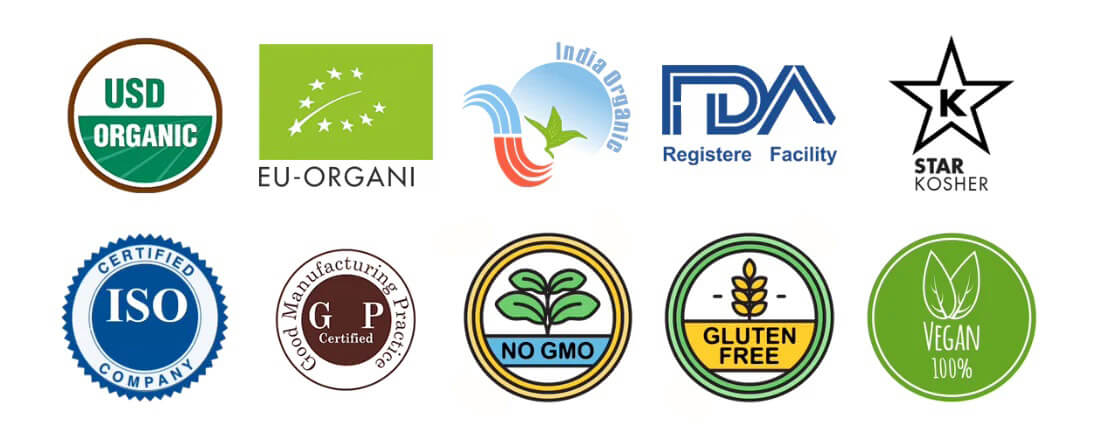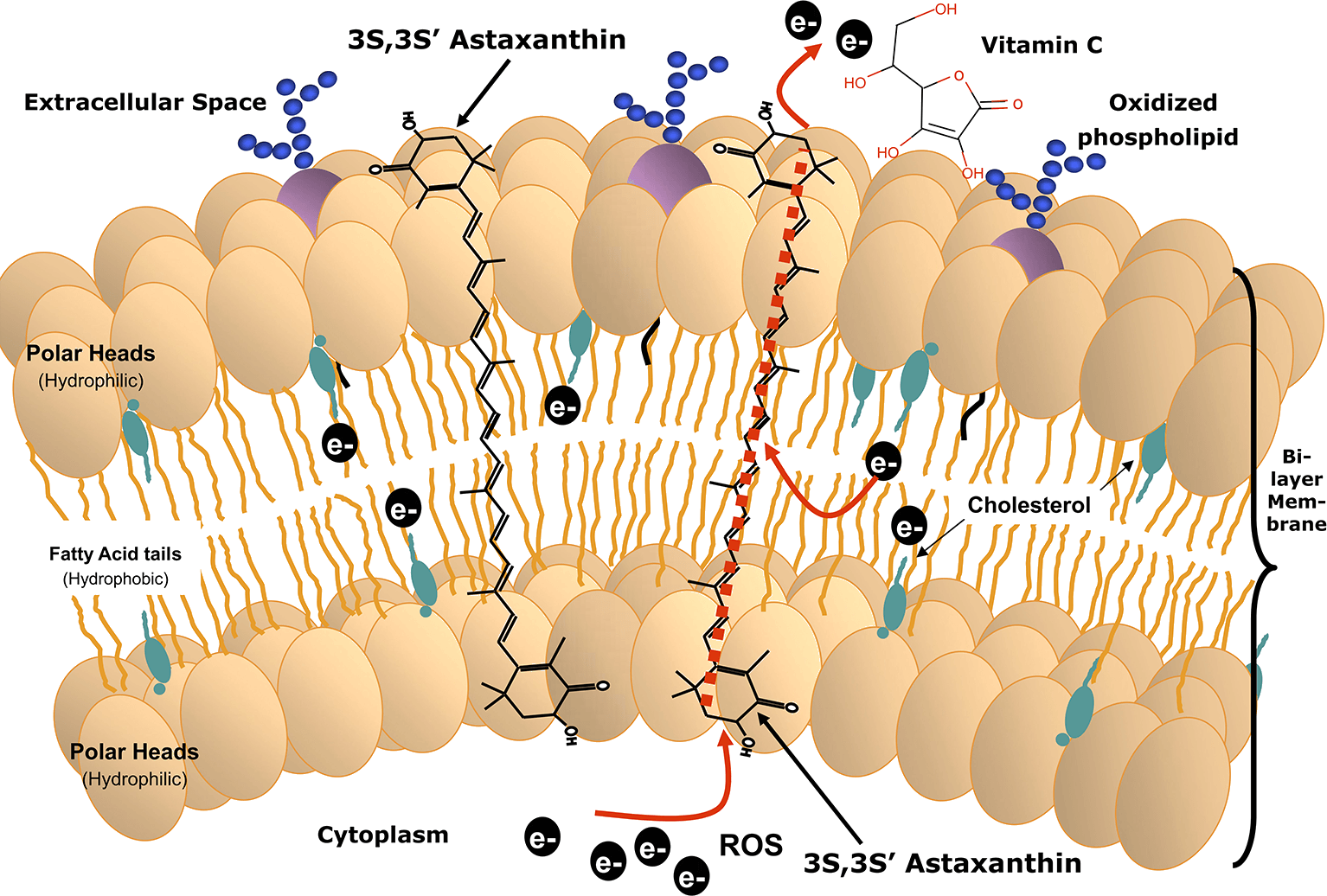For more detailed information go to the link: https://911healty.com/product/antioxidant/
Our Superfood natural supplements that you can use in any food even as a spice or in any drink are also effective to restore your health or be used as a preventative to have a healthy and happy life full of positive energy.
The ingredients are exclusively from plants or mushrooms that have been dried and ground and mixed to obtain the specific effectiveness and are absolutely free of any chemicals. (Тhey are also great for your pets)

Our recommendation for a standard dose of consumption is half a teaspoon once or twice a day.
Astaxanthin is a type of carotenoid, which is a natural pigment found in a variety of foods. In particular, this beneficial pigment lends its vibrant red-orange color to foods like krill, algae, salmon and lobster. It can also be found in supplement form and is also approved for use as a food coloring in animal and fish feed.
This carotenoid is often found in chlorophyta, which encompasses a group of green algae. Some of the top sources of astaxanthin include haematococcus pluvialis and the yeasts phaffia rhodozyma and xanthophyllomyces dendrorhous.
Often dubbed the “king of carotenoids,” research shows that astaxanthin is one of the most powerful antioxidants in nature. In fact, its ability to fight free radicals has been shown to much higher than vitamin C, vitamin E and beta-carotene.
Is astaxanthin good for inflammation? Yes, in the body, its antioxidant properties are believed to help protect against certain types of chronic disease, reverse skin aging and alleviate inflammation.
| Brand | 911healty |
| Format | Powder |
| Diet type | Gluten Free |
| Flavour | Amer |
| Product benefits | Immune Support |
| Special ingredients | Astaxanthin |
| Age range (description) | Adult |
| Package information | Bag |
| Units | 100.00 gram |
| Item weight | 100 Grams |
| General Information | |||
| Product Name | Astaxanthin | Part Used | Haematococcus Pluvialis |
| Item | Specification | Method | Result |
| Physical Property | |||
| Appearance | Dark Red Powder | Visual | Conforms |
| Mesh Size/sieve analysis | 100% pass 80 mesh | Screening | Conforms |
| Specification | Astaxanthin ≥ 5% | UV | 5.08% |
| Loss on Drying | ≤5g/100g | 3.05g/100g | 3g/105℃/2hrs |
| Residue on Ignition | ≤5g/100g | 3.52g/100g | 3g/550℃/4hrs |
| Contaminants | |||
| Heavy Metals | ≤10mg/kg | ICP-MS | Conforms |
| Mercury(Hg) | ≤0.50mg/kg | ICP-MS | Conforms |
| Lead(Pb) | ≤3.0 mg/Kg | ICP-MS | Conforms |
| Arsenic(As) | ≤2.0 mg/Kg | ICP-MS | Conforms |
| Cadmimum(Cd) | ≤1.0 mg/Kg | ICP-MS | Conforms |
| Microbiological | |||
| Total Plate Count | ≤1000cfu/g | AOAC 990.12 | 200cfu/g |
| YeastMold | ≤100cfu/g | AOAC 991.14 | Conforms |
| E.Coli | Negative/10g Conforms | AOAC 998.09 | Conforms |
| Salmonella | Negative/10g Conforms | AOAC 2003.07 | Conforms |
Benefits
1. Improves Brain Health
As you get older, the risk of developing neurodegenerative disorders like Alzheimer’s or Parkinson’s disease continues to increase. These conditions, which are characterized by the progressive loss of neurons in the brain, can lead to symptoms like memory loss, confusion, tremors, agitation and anxiety.
A good amount of emerging research has found that astaxanthin benefits brain health by preserving cognitive function. In one 2016 animal study, for example, supplementation with astaxanthin increased the formation of new brain cells and enhanced spatial memory in mice. A review published in GeroScience also noted that the neuroprotective properties of astaxanthin may be due to its ability to reduce oxidative stress and inflammation.
2. Protects Your Heart
As the leading cause of death, heart disease is a major problem around the world. While there are many potential causes of heart disease, oxidative stress and inflammation are believed to be front and center more often than not.
According to a review out of Australia, there have been at least eight clinical studies measuring the effects of astaxanthin that have shown that astaxanthin supplementation may lower markers of both inflammation and oxidative stress. Another review published in the journal Marine Drugs suggested that astaxanthin could protect against atherosclerosis, which is the buildup of fat and cholesterol in the arteries.
Of course, a healthy diet containing astaxanthin is just one piece of the puzzle. Minimizing your stress levels, getting in plenty of physical activity and cutting out ultra-processed foods are also key factors to keep your heart in tip-top shape.
3. Helps Skin Health
In addition to boosting brain and heart health, astaxanthin benefits skin health as well. Studies show that it can both improve the overall appearance of skin and may also be able to treat certain skin conditions.
One 2009 study showed that combining oral supplementation and topical application of astaxanthin improved wrinkles, age spots, skin texture and moisture content of the skin. Similarly, an animal study published in PLoS One also found that astaxanthin was able to significantly improve symptoms of atopic dermatitis.
In addition, astaxanthin protects “against UV-induced skin deterioration and helps maintain healthy skin in healthy people,” according to a randomized, double-blind, placebo-controlled trial in healthy study participants.
4. Eases Inflammation and Improves Immunity
Inflammation is an important part of the body’s immune response. Chronic inflammation, on the other hand, can contribute to conditions like diabetes, cancer and heart disease.
Many studies have found that astaxanthin can reduce markers of inflammation in the body. This could have far-reaching benefits and may even reduce the risk of certain types of chronic disease.
In fact, a review out of China even reported that astaxanthin could have anticancer effects and may help prevent the proliferation and spread of cancer cells. However, further research in humans is needed to understand how astaxanthin may affect inflammation and disease in humans.
Not only does this antioxidant help to temper all-body inflammation, it also helps to enhance immunity. A 2010 randomized, controlled trial found that supplementation with astaxanthin increased the immune response of subjects as it also reduced oxidative stress, including one specific marker of DNA damage that could potentially translate to disease later in life.
Our recommendation for a standard dose of consumption is half a teaspoon once or twice a day.

5. Enhances Your Workout
Whether you’re looking to kick up your workout routine or give your energy levels a boost at the gym, an extra dose of astaxanthin may be able to help. Studies show that it may have multiple beneficial effects when it comes to upping exercise performance and preventing injury.
One animal study published in the journal Biological Pharmaceutical Bulletin, for instance, found that astaxanthin supplementation improved swimming endurance in mice. A study in 2011 published in the International Journal of Sports Medicine also found that astaxanthin improved cycling time trial performance among 21 competitive cyclists. Meanwhile, another study in Japan showed that astaxanthin was even able to help prevent exercise-induced muscle damage.
6. Boosts Male Fertility
It’s estimated that infertility affects about 15 percent of couples worldwide, with male infertility contributing to up to 50 percent of cases. Hormonal imbalances, problems with ejaculation and varicocele, or the swelling of the veins in the scrotum, are all common causes of male infertility.
Promising research has found that astaxanthin benefits male fertility and may help improve sperm quality. A small study conducted at Ghent University Hospital actually found that astaxanthin improved the movement of sperm cells and enhanced the ability of sperm to fertilize eggs. Additionally, men treated with astaxanthin achieved higher rates of pregnancy compared with a placebo group.
7. Supports Healthy Vision
Eye problems like macular degeneration and cataracts are common concerns associated with aging. These conditions can cause a wide array of symptoms, ranging from blurry vision to complete vision loss.
So, what does astaxanthin do for your eyes? Fortunately, several studies have found that astaxanthin can improve the health of the eyes and help maintain 20/20 vision.
A 2008 animal study showed that astaxanthin helped protect retinal cells against oxidative damage. Another study comprising 48 adults complaining of eye strain found that a supplement containing several nutrients, including astaxanthin, helped reduce symptoms of eye fatigue.

8. Improves Cognitive Function
Many antioxidants have a reputation for improving cognition, which isn’t that surprising. After all, reducing oxidative stress allows many parts of the body to function more efficiently.
Astaxanthin is no exception — a randomized, controlled trial published in 2012, involving 96 subjects, reported a significant improvement in cognition after being supplemented with the antioxidant for 12 weeks.
Dosage
At this point, you may be wondering: “How much astaxanthin should I take?”
If you’re getting it from whole food sources, you should try incorporating a few servings of astaxanthin-rich foods into your diet per week. These foods are especially beneficial because most provide an array of important nutrients in addition to astaxanthin, such as vitamins, minerals and omega-3 fatty acids.
In supplement form, it has been studied and proven safe in doses of 4 to 40 milligrams daily for 12 weeks. However, the recommended dosage is four to eight milligrams, one to three times per day with your meals. Initially, it’s best to start with a low dose and work your way up to assess your tolerance.
Multiple Goods Available
Gibberellic acid (GA3) 90%TC, GA4+7 90%TC
GA3 10%SP, GA3 20%SP, GA3 40%SP
GA3 3%EC, GA3 4%EC
Sodium nitrophenolate (ATONIK) 98%TC
Sodium 5-nitroguaiacolate (5-NGS) 98%TC
Sodium ortho-nitrophenolate 98%TC
Sodium para-nitrophenolate 98%TC
Diethyl aminoethyl hexanoate (DA-6) 98%TC
Triacontanol 90%TC, Triacontanol 0.15% milk powder
4-Chlorophenoxyacetic acid (4-CPA) 98%TC
Sodium 4-Chlorophenoxyacetic acid (Na-4-CPA) 98%TC
6-benzylaminopurine (6-BA) 98%TC
6-aminofurfurylpurine (6-KT) 98%TC
Forchlorfenuron (CPPU/KT-30) 98%TC
Brassinolide 90%TC, Brassinolide 0.1%SP, 0.15%SP, 0.2%SP 0.01%SP
α-naphthaleneacetic acid (NAA) 98%TC
Sodium NAA (Na-NAA) 98%TC
3-Indolebutyric acid (IBA) 98%TC
Potassium IBA (K-IBA) 98%TC
3-Indoleacetic acid (IAA) 98%TC, Sodium IAA(Na-IAA) 98%TC
2-(1-Naphthyl) acetamide (NAD) 98%TC
β-naphthoxyacetic acid (BNOA) 98%TC
Chlormequat chloride (CCC) 98%TC
Paclobutrazol 95%TC
Mepiquat chloride 98%TC
AStaxanthin 5% purity
Product Name: organic astaxanthin 5%
Latin Name: Haematococcus Pluvialis
A standard dose of consumption is half a teaspoon twice a day.
Part of Used: Plant
Appearance: Red Powder
Storage: Store in cool and dry place and avoid light and heat.
Shelf Life: 2 Years










